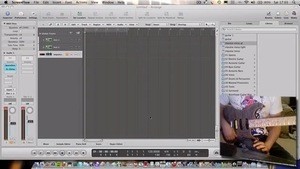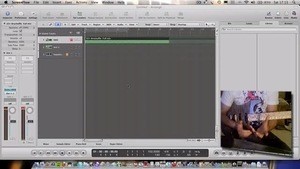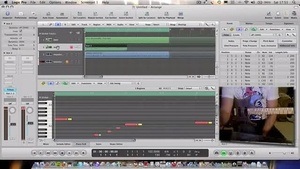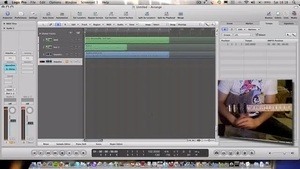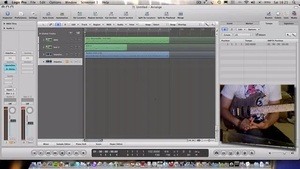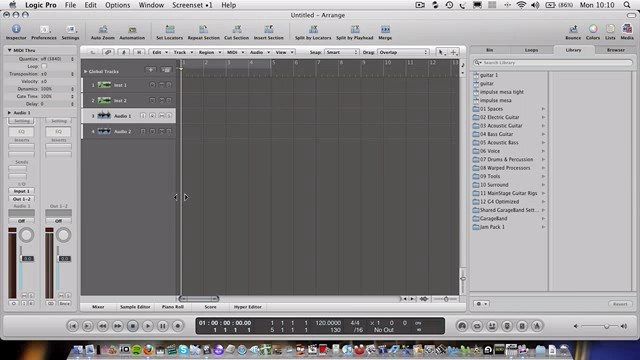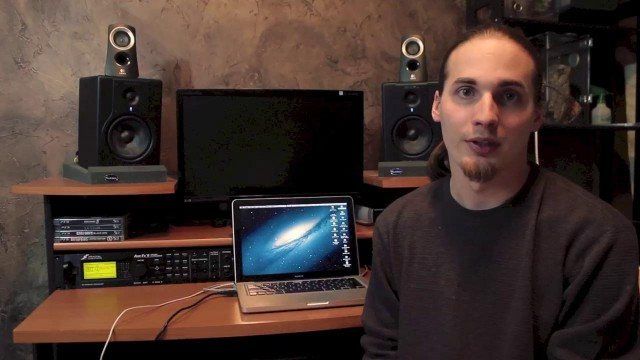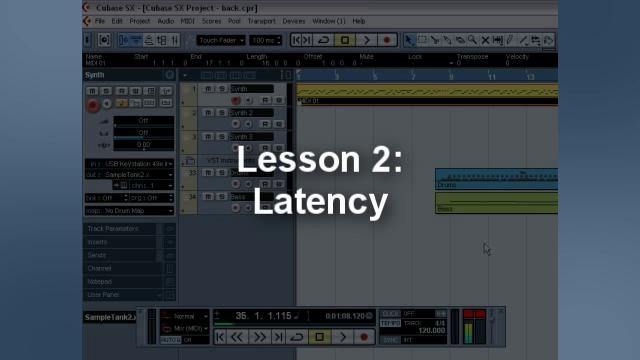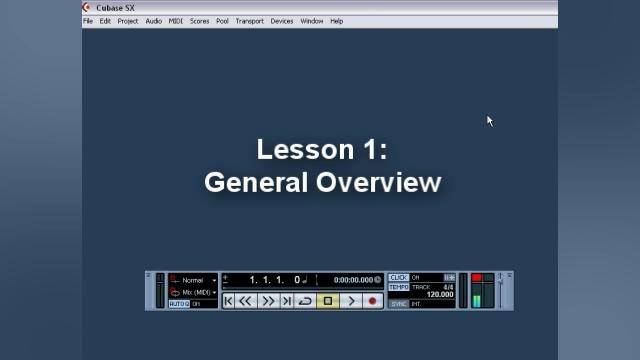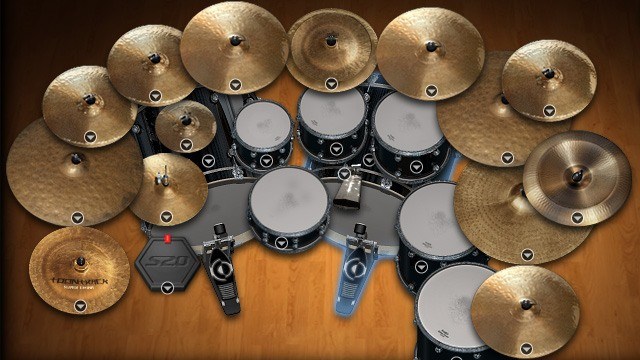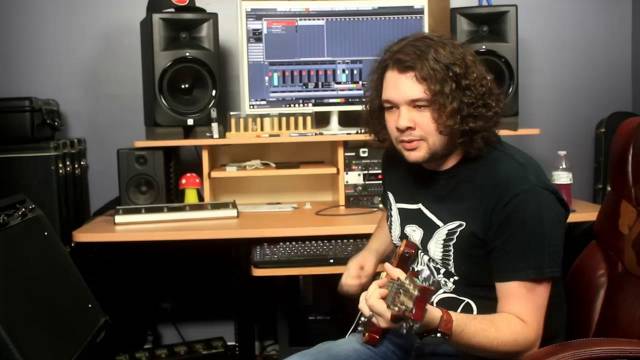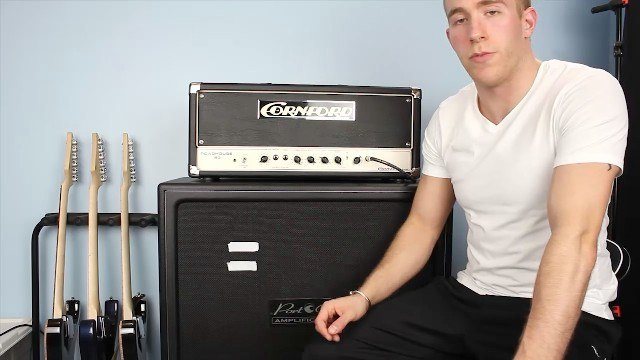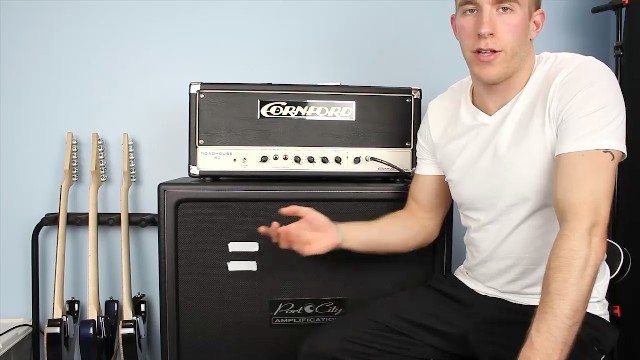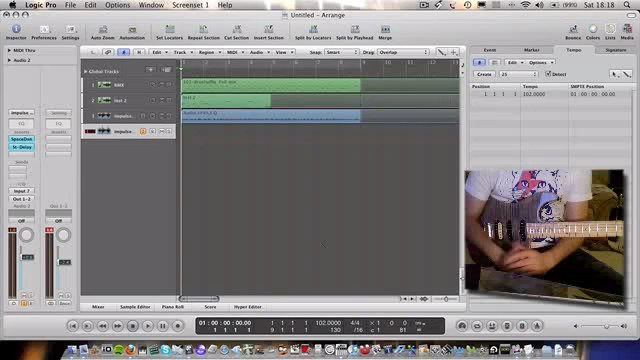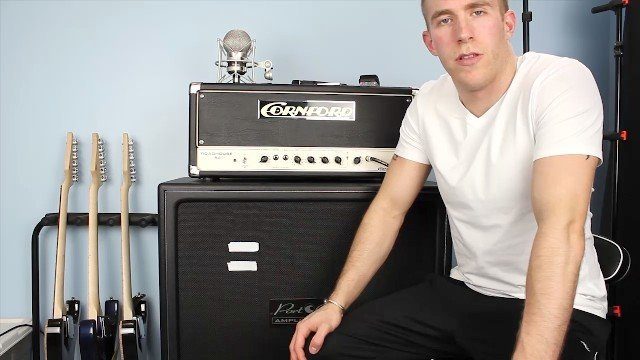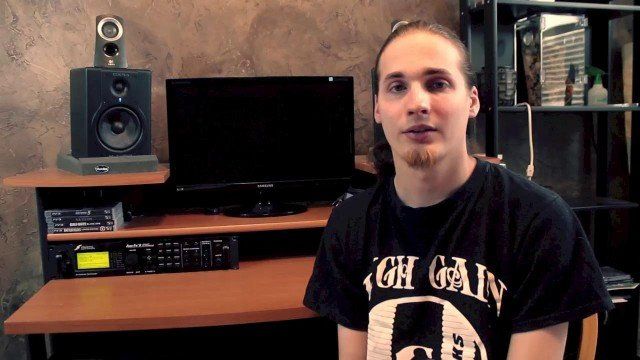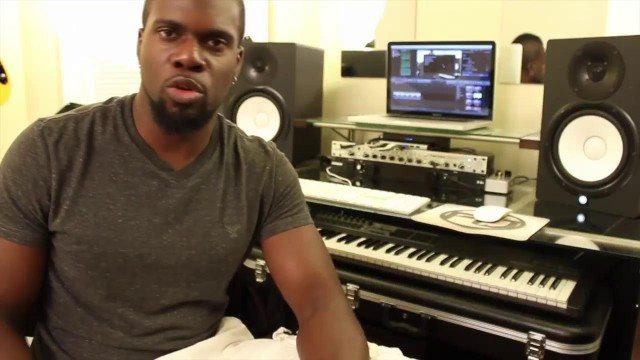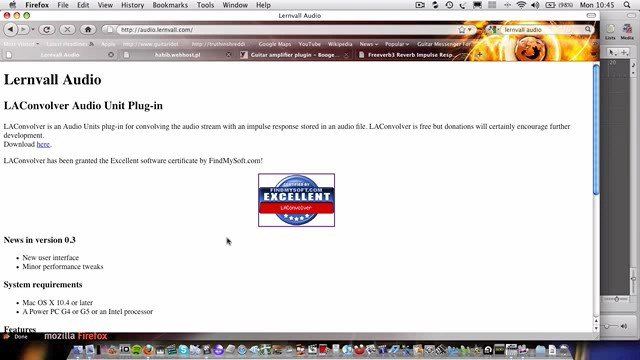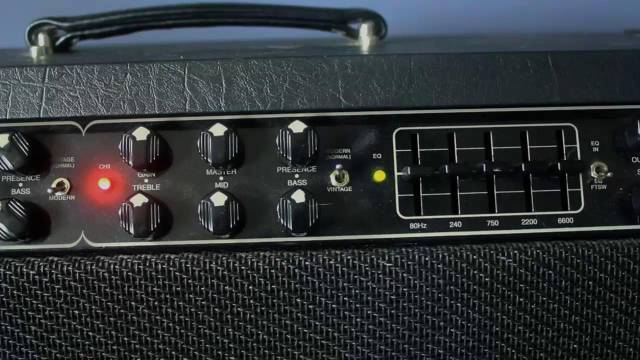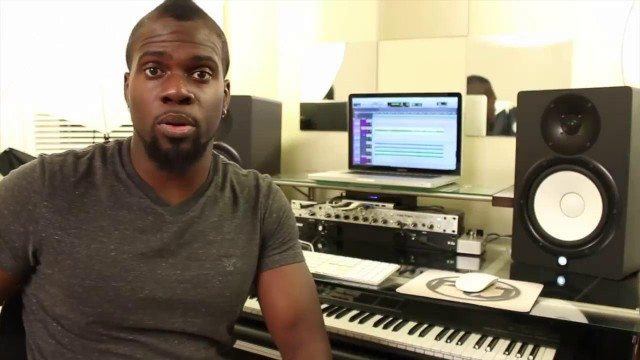Hi there guys and welcome to this tutorial on creating backing tracks!
We're going to be focusing on how I record my backing tracks with specific reference to the software I use and the plugins used to create the sounds.
I use three pieces of software as my primary source of recording and creating sounds. The first is Apple's Logic Pro 8 as my sequencer of choice. I've become very accustomed to Logic over the years and whilst the learning curve for this program is steep, I've grown to love it. However it's not the only recording software I use.
For the purpose of this tutorial I'll be creating a simple backing track from scratch - nothing preplanned here at all. The track will contain 3 parts - Guitar, Bass and Drums.
For the guitar part I'll be using my Suhr into the Mesa Boogie head then out of the FX loop into the soundcard. This will then be recorded into Logic, where an Impulse Response is then applied to simulate the Power Amp and Cabinet.
To record drums I'll be using Spectrasonics' amazing Stylus RMX for which I have a few expansion packs. I love this plugin as its loops are very editable and extremely inspiring to write with. I'll be picking a random patch to work with.
For bass I'll be using the Spectrasonics Trilian plugin. It's an awesome sounding bass sample engine with thousands of patches and again it's very inspiring to use.
With that being said, these are just my plugins of choice - you could do this same process with virtually any plugins you choose and the market is enormous. Find what works for you and stick with it!
In this first video I sort out a drum track for use as an inspirational starting point.

